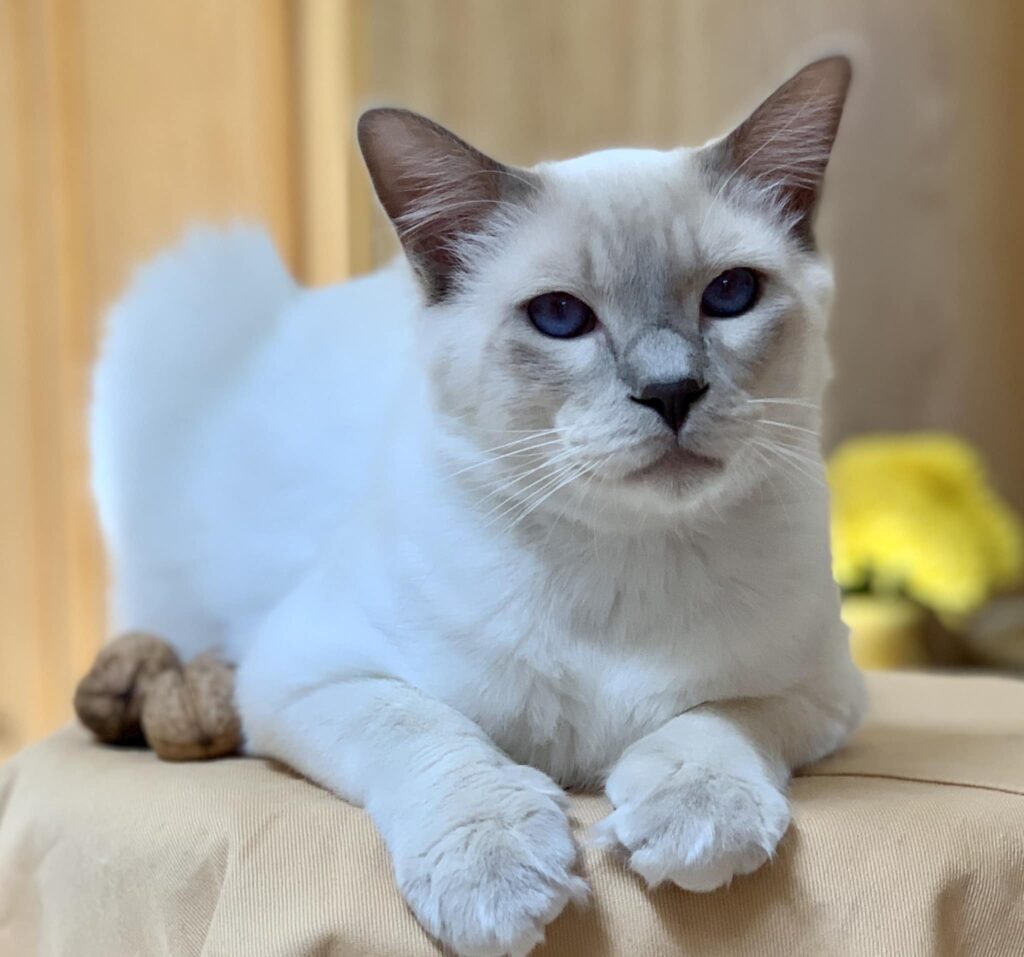Balinese cats are among the most emotionally intelligent and socially attuned feline breeds, requiring more than just food and shelter to thrive. Their long, elegant coats and expressive blue eyes may draw admiration, but it’s their need for mental engagement and emotional connection that truly defines their care. Creating a stimulating home environment for a Balinese cat involves understanding the breed’s cognitive depth, sensory preferences, and social rhythms, elements often overlooked in generic pet care advice.
Unlike more independent breeds, Balinese cats form strong attachments to their humans and often shadow them from room to room. This behavior isn’t merely affectionate; it reflects a need for inclusion and stimulation. Owners who work from home or spend significant time indoors can leverage this trait by integrating the cat into daily routines. Allowing the cat to perch near workspaces, participate in morning rituals, or observe household activities helps satisfy its curiosity and reinforces its sense of belonging.
Environmental enrichment should go beyond toys and scratching posts. Balinese cats respond well to layered stimulation, visual, auditory, and tactile. Positioning bird feeders outside windows, rotating interactive puzzle feeders, and introducing scent-based games using herbs like valerian or silvervine can activate multiple senses simultaneously. These activities not only prevent boredom but also reduce stress, which is critical for a breed prone to emotional sensitivity.
Furniture placement plays a subtle but powerful role in a Balinese cat’s experience of space. Elevated perches, window hammocks, and multi-level cat trees allow for vertical exploration, which satisfies their natural climbing instincts and provides a sense of control over their environment. Unlike some breeds that prefer solitude, Balinese cats often choose vantage points that keep them close to family activity while still offering a retreat. Designing spaces that balance stimulation with sanctuary, such as quiet nooks with soft bedding near communal areas can dramatically improve their emotional well-being.
Social stimulation is equally vital. Balinese cats thrive on conversation and interaction, often responding to human speech with chirps and meows. Owners who engage in regular verbal exchanges, even narrating daily tasks aloud, foster a deeper bond and reinforce the cat’s role as a companion rather than a passive pet. Introducing new stimuli gradually such as guests, new furniture, or ambient sounds helps maintain a dynamic environment without overwhelming the cat’s finely tuned senses.
Routine also plays a key role in stimulation. Predictable feeding times, play sessions, and grooming rituals create a rhythm that Balinese cats find comforting. However, within that structure, variety is essential. Rotating toys weekly, changing the location of food bowls, or introducing new textures for lounging can keep the environment fresh and engaging. Owners should observe their cat’s reactions closely, as Balinese cats often communicate preferences through subtle shifts in behavior, such as increased vocalization or changes in sleeping patterns.
Creating a stimulating home for a Balinese cat is not about excess it’s about intentionality. Every element, from the placement of a perch to the tone of a voice, contributes to a sensory landscape that either nurtures or neglects the cat’s emotional and cognitive needs. By treating the home as a shared space rather than a human domain, owners can cultivate an environment where the Balinese cat not only lives but flourishes. This approach transforms pet ownership into a mutual relationship, grounded in empathy, observation, and a commitment to enrichment that goes far beyond the basics.
Related Cat Breeds:

